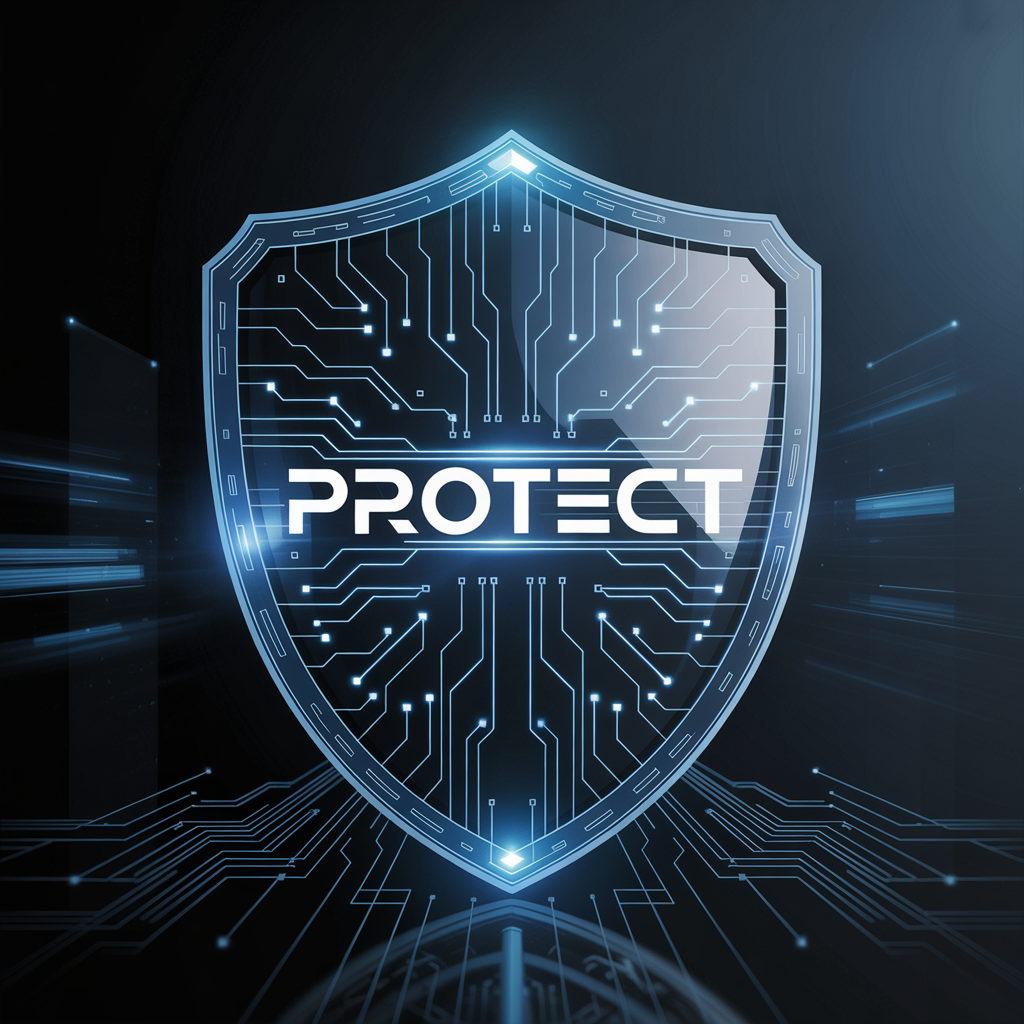
Advanced cybersecurity systems protecting digital infrastructure from emerging threats in 2025.
As we advance deeper into 2025, the cybersecurity landscape continues to evolve at an unprecedented pace. With the rise of AI-powered attacks, quantum computing threats, and increasingly sophisticated cybercriminals, organizations must adapt their security strategies to protect against next-generation threats.
The Evolving Threat Landscape
The cybersecurity threat landscape in 2025 is characterized by several key trends that are reshaping how organizations approach digital security. From AI-enhanced attacks to supply chain vulnerabilities, the challenges facing security professionals have never been more complex.
⚠️ Critical Security Alert
Recent studies show that 78% of organizations experienced at least one significant cyber attack in the past year, with average recovery costs exceeding $4.5 million per incident.
Top Cybersecurity Trends for 2025
1. AI-Powered Cyber Attacks
Artificial intelligence is being weaponized by cybercriminals to create more sophisticated and targeted attacks. These AI-driven threats include:
- Deepfake Social Engineering: AI-generated audio and video used to impersonate executives and bypass security protocols
- Automated Vulnerability Discovery: Machine learning algorithms that can identify and exploit zero-day vulnerabilities faster than human researchers
- Adaptive Malware: Self-modifying code that evolves to evade detection systems
- AI-Generated Phishing: Highly personalized phishing campaigns created using large language models
"The democratization of AI tools has given cybercriminals unprecedented capabilities. We're seeing attacks that would have required nation-state resources just a few years ago now being executed by individual threat actors."
— Lisa Chen, Director of Threat Intelligence, CyberDefense Corp
2. Quantum-Resistant Cryptography
With quantum computers approaching practical viability, organizations are rushing to implement quantum-resistant encryption methods. The transition involves:
Quantum Cryptography Timeline
3. Zero Trust Architecture Evolution
Zero Trust security models are becoming more sophisticated, incorporating advanced behavioral analytics and continuous verification. Key developments include:
- Microsegmentation: Granular network segmentation to limit lateral movement
- Continuous Authentication: Real-time identity verification using biometrics and behavior analysis
- Risk-Based Access Control: Dynamic permission adjustment based on threat levels
- Device Trust Scoring: Continuous assessment of device security posture
4. Supply Chain Security
Supply chain attacks have become increasingly common, prompting organizations to implement comprehensive third-party risk management programs. Critical focus areas include:
Supply Chain Security Framework
Vendor Assessment
Comprehensive security evaluations of all suppliers and partners
Code Integrity
Software bill of materials (SBOM) and code signing verification
Continuous Monitoring
Real-time surveillance of supply chain components and dependencies
Incident Response
Coordinated response plans for supply chain compromises
Emerging Technologies in Cybersecurity
Extended Detection and Response (XDR)
XDR platforms are revolutionizing threat detection by providing unified visibility across multiple security layers. These systems combine:
- Endpoint detection and response (EDR)
- Network traffic analysis (NTA)
- Cloud security posture management (CSPM)
- Security information and event management (SIEM)
Security Orchestration and Automated Response (SOAR)
SOAR platforms are becoming essential for managing the volume and complexity of modern security operations. Key capabilities include:
SOAR Automation Example
// Automated incident response workflow
function handleSecurityIncident(alert) {
const severity = assessThreatLevel(alert);
if (severity === 'HIGH') {
isolateAffectedSystems(alert.endpoints);
notifySecurityTeam(alert);
initiateForensicCollection(alert);
}
updateTicketingSystem(alert, severity);
generateThreatIntelligence(alert);
}Industry-Specific Security Challenges
Healthcare Cybersecurity
The healthcare sector faces unique challenges with the proliferation of IoT medical devices and the sensitive nature of patient data. Key concerns include:
- Medical device security and FDA compliance
- HIPAA compliance in cloud environments
- Ransomware targeting critical care systems
- Interoperability security between healthcare systems
Financial Services Security
Financial institutions are implementing advanced fraud detection systems and regulatory compliance measures:
$18.3B
Global financial cybercrime losses in 2024
156%
Increase in cryptocurrency-related fraud
23 seconds
Average time to detect fraudulent transactions
Best Practices for 2025
1. Implement a Security-First Culture
Organizations must foster a culture where security is everyone's responsibility, not just the IT department's. This includes:
- Regular security awareness training
- Phishing simulation exercises
- Clear incident reporting procedures
- Security metrics and KPIs for all departments
2. Adopt a Risk-Based Approach
Prioritize security investments based on actual risk to business operations and data assets. Key steps include:
- Conduct regular risk assessments
- Map critical assets and data flows
- Implement controls based on risk severity
- Continuously monitor and adjust security posture
3. Prepare for Incident Response
Develop and regularly test comprehensive incident response plans that address various attack scenarios. Essential components include:
Incident Response Phases
Preparation
Establish procedures, tools, and team roles
Detection
Identify and analyze potential security incidents
Containment
Limit the scope and impact of the incident
Recovery
Restore systems and return to normal operations
Looking Ahead: The Future of Cybersecurity
As we progress through 2025 and beyond, cybersecurity will continue to evolve in response to emerging threats and technologies. Organizations that proactively adapt their security strategies, invest in advanced technologies, and foster a security-conscious culture will be best positioned to protect their digital assets and maintain customer trust.
The key to success lies in understanding that cybersecurity is not a destination but a continuous journey of adaptation and improvement. By staying informed about emerging trends, implementing best practices, and maintaining a proactive security posture, organizations can effectively navigate the complex cybersecurity landscape of the digital future.

Comments
Leave a Comment